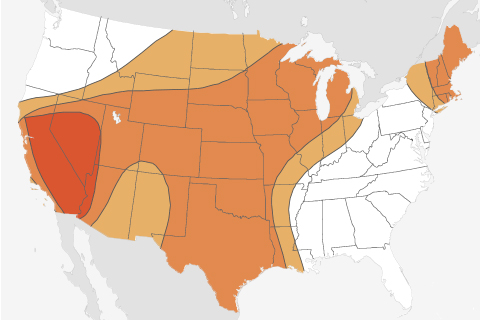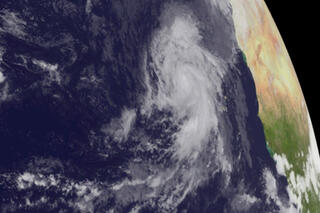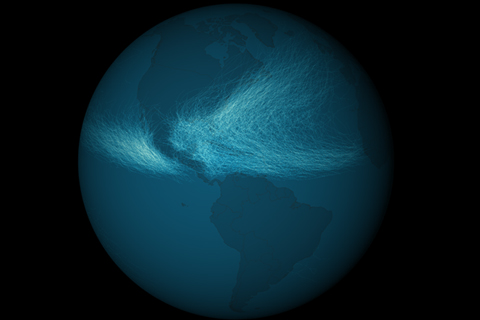
At various locations on New Jersey's Barnegat Bay Island, Norb Psuty talks with Climate.gov about how humans' desire for permanence on barrier islands is at odds with natural processes. But preserving or restoring key dune and beach features can help communities weather some storms.

After Sandy: Changes and Choices
October 28, 2013

Ron Stouffer and Gabriel Vecchi of NOAA’s Geophysical Fluid Dynamics Laboratory in Princeton, N.J., share their experiences working on one of the most comprehensive scientific documents in history.
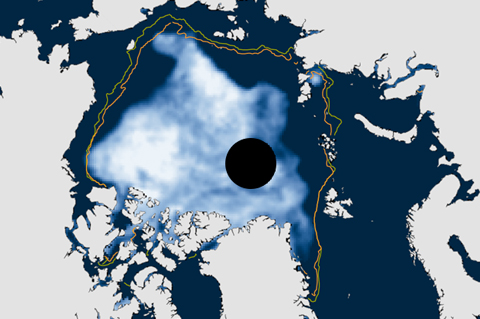
To be consistent with NOAA's use of 30-year periods for the official "climate normals," the National Snow and Ice Data Center switched its baseline period for sea ice analyses from 1979-2000 to 1981-2010. Compared to the new normal, the low ice conditions of the recent past will appear less abnormal than they used to.

Maps of the thousands of storms that have passed through the Eastern Hemisphere tropical oceans in the past century or so reveal a more crowded landscape than similar maps of the Western Hemisphere. Unlike the Western Hemisphere, where storms are mostly confined to areas north of the equator, the Eastern Hemisphere sees storms in both north and south tropical waters.
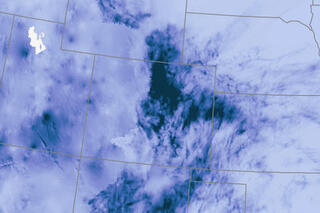
Historic Rainfall and Floods in Colorado
September 17, 2013

